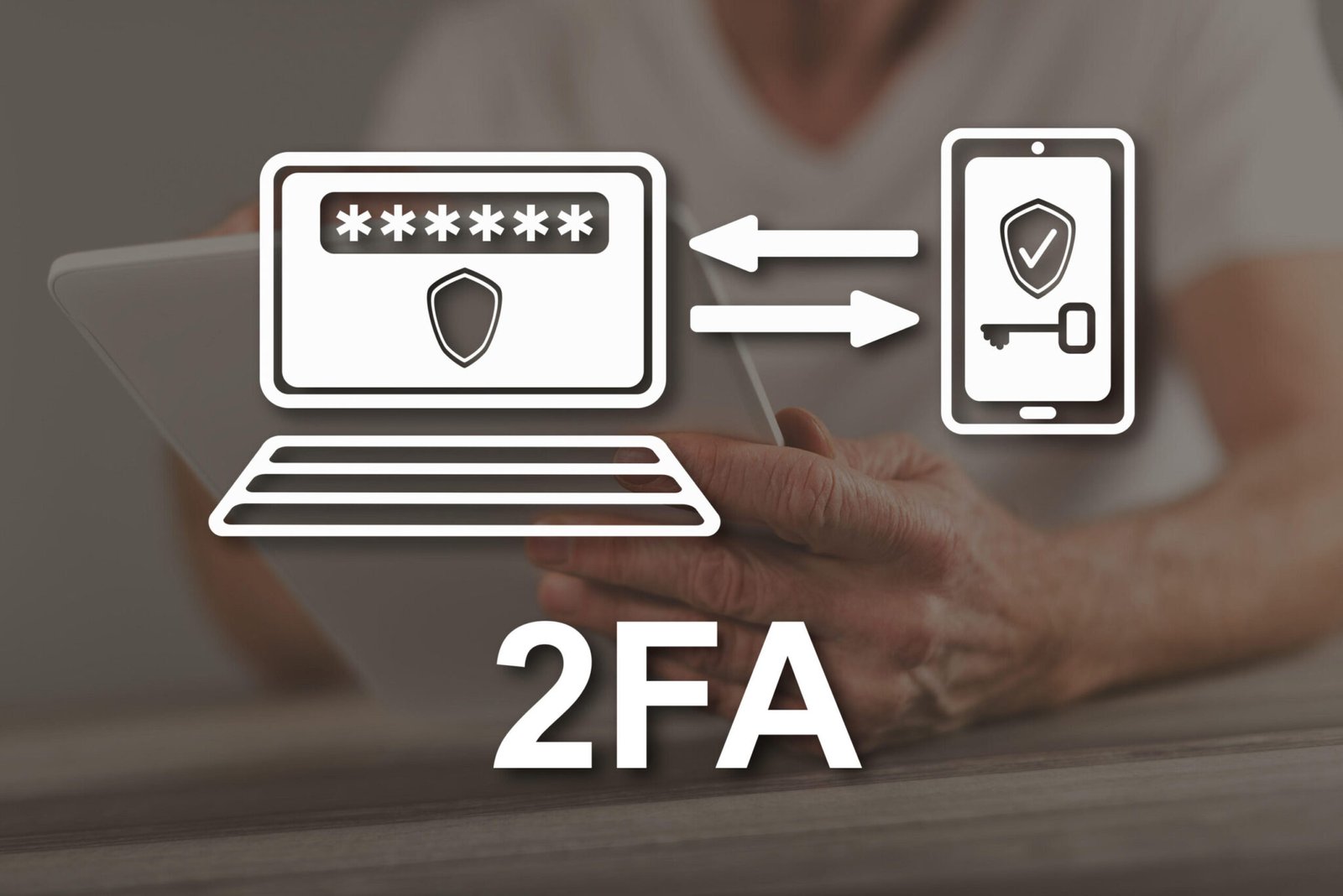Whether you call it two-step verification, two-factor authentication, or multi-factor authentication, this extra layer of security is an excellent way to safeguard your accounts.
Chances are you already use some form of multi-factor verification for sensitive accounts like banking or credit cards. By requiring an additional one-time code alongside your username and password, this method makes it significantly harder for hackers to gain access.
Today, many online services rely on this extra layer of protection. After entering your login credentials, you’ll often need to provide a one-time passcode (usually a six-digit number) sent to your email or smartphone. This additional step, known as two-step verification, is crucial in keeping your information secure.
Authenticator Apps: A Safer Alternative
Instead of receiving codes via text or email, some platforms offer the option to use authenticator apps. These apps generate secure codes directly on your device, offering three key advantages:
- Local Security: The code stays on your device and is not transmitted unencrypted, reducing the risk of interception.
- Enhanced Privacy: Unlike text or email-based codes, authenticator apps are not vulnerable to phishing attacks.
- Versatility: These apps can manage codes for multiple accounts in one place.
Popular options include Google Authenticator and Microsoft Authenticator. Trusted tech sources or app store recommendations can help you choose the right one.
Regardless of your chosen method, always treat your authentication codes as confidential. If someone asks for your code, even if they claim to be from customer service, it’s a red flag—they could be attempting to scam you.
Strong Passwords: The Foundation of Online Security
Two-factor authentication works hand-in-hand with strong, unique passwords. To create an effective password:
- Make it Strong: Use at least 12 characters, combining uppercase and lowercase letters, numbers, and symbols. This minimizes patterns that hacking tools can exploit.
- Make it Unique: Every account should have a distinct password. Password managers can simplify this process by generating and securely storing unique passwords for you.
Once you’ve secured your accounts with strong passwords, you can proceed to enable multi-factor authentication on your favorite platforms.
How to Enable Multi-Factor Authentication on Popular Platforms
1. Facebook
- Click your profile picture in the top-right corner and select Settings and Privacy.
- Go to Settings and then Accounts Center.
- Select Password and Security > Two-Factor Authentication.
- Choose the account you want to secure and follow the on-screen instructions.
Security methods include:
- Security keys for compatible devices.
- Login codes from third-party authenticator apps.
- SMS codes sent to your mobile phone.
ALSO READ: Nominate Top CISOs for Prestigious FutureCrime Summit 2025 Honors
2. Instagram
- Click More in the bottom-left corner, then go to Settings.
- Navigate to Accounts Center > Password and Security > Two-Factor Authentication.
- Select your account and choose an authentication method.
Options include an authenticator app, SMS, or WhatsApp.
3. WhatsApp
- Open Settings in WhatsApp.
- Tap Account > Two-Step Verification > Turn On or Set Up PIN.
- Create and confirm a six-digit PIN.
- Optionally, provide an email address for recovery purposes.
4. Google Accounts (Including YouTube)
1. Access your Google Account and go to Security.
2. Under “How you sign in to Google,” select 2-Step Verification > Get Started.
3. Follow the instructions to complete the setup.
5. TikTok
- Open your profile and tap the Menu button at the top.
- Go to Settings and Privacy > Security.
- Select 2-Step Verification and choose at least two methods: SMS, email, or an authenticator app.
- Tap Turn On to activate.
By combining strong passwords with multi-factor authentication, you can significantly enhance your online security and protect your personal information.
Source: Social Media



